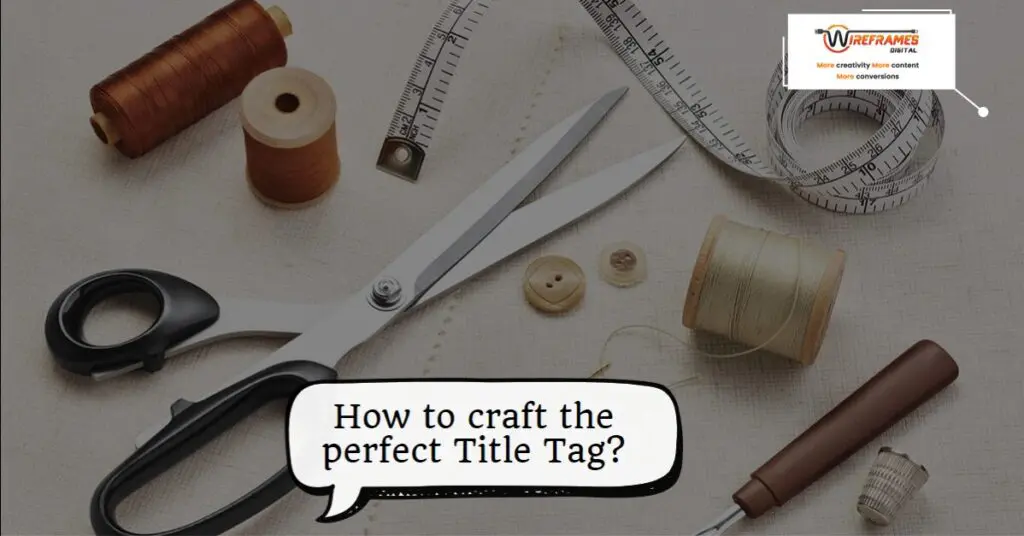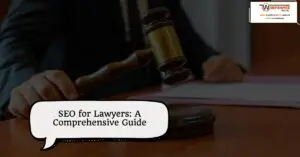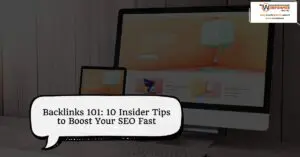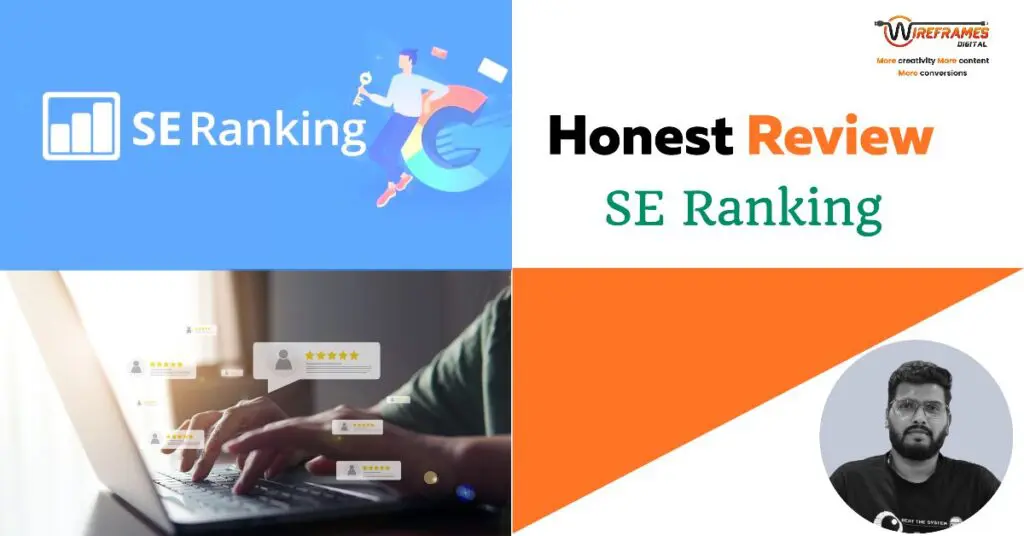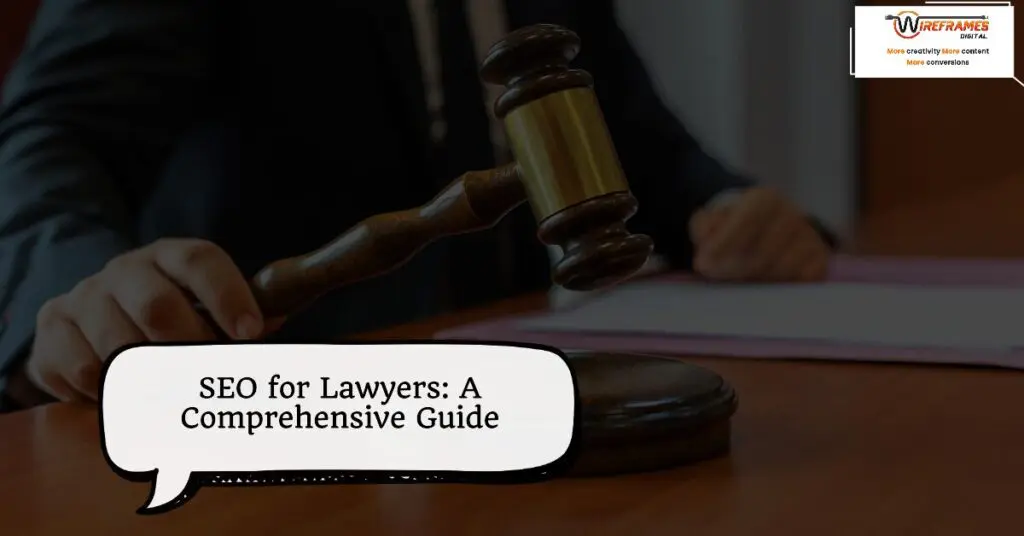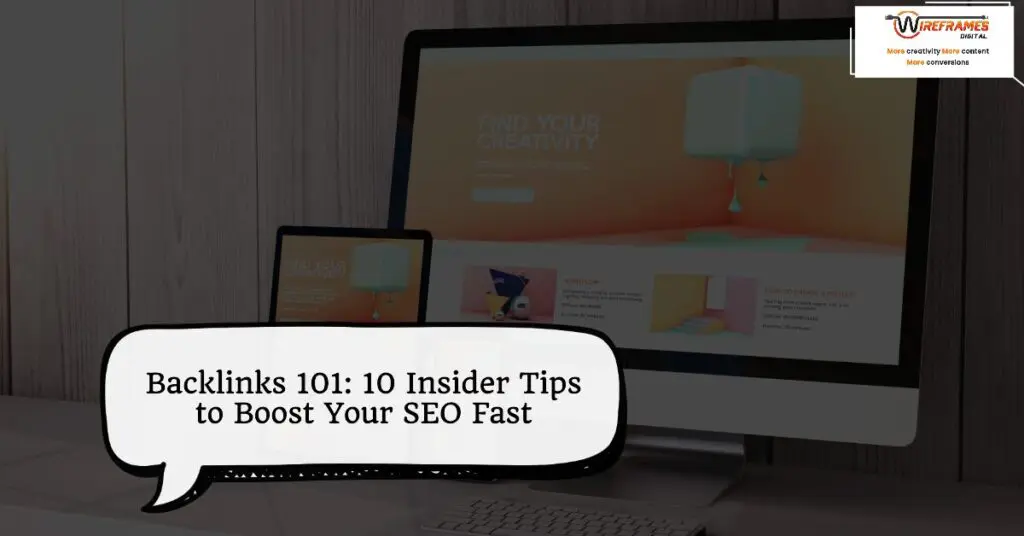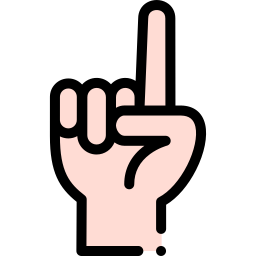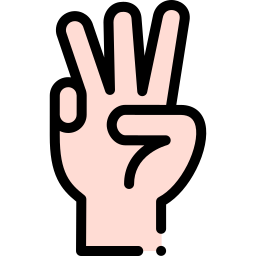Introduction
A title tag, also known as page title, is an HTML element that specifies the title of a web page. It is incredibly important for both user experience and search engine optimization (SEO).
The title tag displays in a few key locations:
- The browser tab – This is the first thing users see, so an appealing title helps grab attention.
- Search engine results pages (SERPs) – The title tag is prominently displayed beneath the page URL, acting as the main snippet users see in search. An optimized title tag can improve click-through-rate (CTR).
- External sites like social media – When a page gets shared, the title tag usually gets used as the shared title/headline.
For SEO, the title tag is one of the most important on-page factors for ranking. Title tags help search engines understand the topic and context of a page. Using relevant keywords in the title can help a page rank for those terms.
But it’s about more than just keywords. A well-crafted title tag improves the overall user experience, while also signaling to search engines that a page provides value on a topic.
Optimal Title Tag Length
When it comes to SEO, the ideal title tag length is considered to be between 50-60 characters. This recommendation is based on extensive research and analysis on title tag optimization:
- A study by Moz analyzed 1 million Google search results and found that the first positions had an average title tag length of 55 characters.
- SearchEngineLand performed an analysis on 5 million URLs and determined that 51-60 characters is the ideal range for maximum click-through rate.
- Backlinko examined 1 million title tags and found that results on page 1 of Google had an average length of 52 characters.
- Another large-scale study analyzing title tags across different search result pages found that 50-60 characters consistently performed the best.
The reasoning behind limiting title tags to under 60 characters is two-fold:
- Longer title tags may get cut off in search results, preventing the full title from being displayed and clicked.
- Google’s character limit for title tags is technically 600, but longer titles over 60 characters are at risk of being truncated.
In summary, to optimize title tags for SEO, the ideal length is 50-60 characters. This ensures the full title will be visible, maximizes click-through rate potential, and follows search engine guidelines. While longer titles may seem more keyword inclusive, keeping it concise wins for on-page optimization.
Include Primary Keyword
The primary keyword is the main focus of the blog post or web page. This is the keyword or keyword phrase you want to rank for in search engines. It should appear in the title tag to help establish relevancy and indicate to search engines what the content focuses on.
Including the primary keyword in the title tag helps search engines understand the topic of the page. Title tags containing the primary keyword multiple times tend to perform better in search results. Keep in mind that keyword stuffing should be avoided. The primary keyword should flow naturally in a compelling title.
The title tag gives search engines a snapshot of the topic. So making sure the primary keyword appears tells search engines this page directly relates to that keyword and theme. This establishes topical relevancy, an important search ranking factor.
Formatting and Style
When it comes to formatting your title tags, consistency and readability should be your top priorities. Here are some tips:
- Use title case – capitalize the first letter of each word except articles, prepositions, and conjunctions. For example: “How to Craft the Perfect Title Tag”
- Avoid excessive capitalization or ALL CAPS, as this is difficult to read and considered shouting online.
- Add punctuation only if it aids readability. Periods are not necessary. Exclamation points should be used sparingly, if at all.
- Use dashes sparingly. They can help break up a long title, but avoid overuse.
- Write in sentence fragment format when possible. Full sentences are harder to scan quickly.
- Limit the title tag to 55-60 characters. Longer titles may get cut off in search results.
- Don’t keyword stuff. Use your target keyword naturally – not forced or repetitive.
- Be consistent with formatting across all page title tags on your site. This improves click-through rates.
Following proper title tag formatting and style will ensure your titles are easy to read, compelling, clickable, and consistent across your site. Keep them scannable, focused, and optimized for both users and search engines.
Craft Compelling, Clickable Titles
Your title tag should pique interest and inspire clicks. Follow these tips for writing compelling title tags:
- Use emotional, provocative language – Think about words that evoke curiosity, excitement, fear, or other strong emotions. Phrases like “The One Thing Nobody Told You About X” and “Never Do This When Y” grab attention.
- Ask questions – Turning the title into a question engages readers and makes them click to find the answer. For example, “Are You Making This Common SEO Mistake?”
- Use numbers – Lists like “10 Tips for Z” and “7 Ways to Improve [Thing]” perform well. Numbers signal useful, practical advice.
- Make them scannable – Bold keyphrases, capitalize words, or use punctuation to make titles easy to skim.
- Include keywords – Naturally incorporate 1-2 primary keywords. Don’t overload or “keyword stuff.”
- Keep it short and sweet – Concise, direct titles work best. Shoot for under 60 characters.
- Entice with the power of 3 – The “rule of three” is effective. For example, “3 Quick Ways to Master X.”
- Add urgency – Phrases like “in 2021” or “Fast” imply the content is timely and critical to read now.
- Personalize it – “How I Increased My X” is more compelling than generic advice.
Following these best practices will help you write title tags that convince searchers your content is worth a click.
Avoid Common Title Tag Mistakes
When crafting title tags, there are some common mistakes that should be avoided:
- Keyword stuffing – Don’t try to over-optimize by cramming multiple keywords into the title tag. Google may see this as spammy. Focus on using your target primary keyword naturally just once in the title.
- Duplication – Each page should have a unique title tag. Don’t use the same exact title tag across multiple pages on your site. This can confuse search engines and users.
- Too long – Title tags that exceed 60 characters may get cut off in search results. Try to keep your titles under 55 characters.
- Too short – Title tags should be descriptive enough to communicate what the page is about. Extremely short 1-3 word titles may not provide enough context.
- Misleading – Don’t use titles that entice users to click but don’t accurately reflect the content on the page. This leads to high bounce rates.
- Overly promotional – Avoid excessive use of keywords like “free,” “tips,” “guide,” etc. Make your titles informational first and promotional second.
The key is to find a balance – title tags should be optimized for search but also compelling and descriptive for users. Avoiding common mistakes like stuffing, duplication, inappropriate length, and misleading tactics will lead to better title tags.
Tools to Help Craft Title Tags
There are several tools available to help you optimize and improve your title tags. Here are some of the top options:
- Yoast SEO – This popular WordPress plugin analyzes your title tag and provides an optimization score and suggestions. It looks at length, keyword usage, and readability.
- MozBar – The MozBar browser extension will show you the title tags of any site you visit. This allows you to analyze competitors’ tags and get ideas for your own optimization.
- Google Search Console – Search Console provides data on how your title tags perform in Google search. You can see impressions, clicks, and click-through-rates.
- Ahrefs – Ahrefs’ SEO toolbar will show title tags along with other on-page elements. You can also use their content gap tool to find missed opportunities for target keywords.
- SEMrush – SEMrush offers a title tag analyzer tool that evaluates your title tags and generates new suggestions based on your target keyword.
- Ubersuggest – Neil Patel’s Ubersuggest tool can assist with title tag generation by providing commonly searched keyword variations.
Having the right tools at your disposal makes it much easier to create optimized title tags. Take advantage of the many options to analyze competitors, generate ideas, and measure performance. With practice, you’ll be able to craft title tags that engage readers and improve click-through-rates.
Title Tag Best Practices
When crafting an effective title tag, keep these best practices in mind:
- Keep it under 70 characters – Longer titles may get cut off in search results.
- Put keywords up front – Place your target keyword or phrase within the first few words of the title.
- Write compelling, engaging titles – Use interesting wording and emotional triggers to entice clicks. Avoid dry, boring titles.
- Include branding – Add your brand name to the beginning or end of the title so users know the content source.
- Be unique – Avoid duplicating the page title of other pages on your site or direct competitors. Each page should have a unique, customized title.
- Use brackets for page types – For example: “[City] Guide to [Topic]” or “[Brand] – [Product] Review”.
- Craft titles around user intent – Understand what users are searching for and trying to accomplish, then shape titles around those search queries and needs.
- Include keywords naturally – Don’t over-optimize or “keyword stuff”. Use keywords in a natural, conversational way.
- Consider SEO and clicks – Find a balance between optimization and click appeal.
- Be accurate and consistent – Titles should match the on-page content and use the same keyword variations.
- Test different options – Try A/B testing alternate title tag versions to see which performs better.
- Analyze regularly – Check title tags periodically for opportunities to improve clickthrough rates.
Analyze Competition
Analyzing your competitors’ title tags is one of the best ways to get inspiration and ideas for your own titles. After all, they likely put a lot of time and effort into optimizing their own title tags for search engine rankings and click-through rates.
To analyze the competition, first make a list of your 3-5 top competitors for the keyword you are targeting. Search for those competitors’ homepages in Google and take a look at their title tags.
What words do they focus on? How long are the title tags? Do they include the target keyword? How compelling and clickable are the titles?
You can also search for specific pages on their site that target keywords you are interested in. Take note of their on-page titles for those pages. Look for any common patterns or effective strategies you may want to model.
In general, you’ll want your title tag to be as compelling as or more compelling than your competitors’ titles. The goal is to get searchers to click on your result over the competitors’ results.
Examine their titles with a critical eye – while using competitors for inspiration, you also want to avoid copying their titles outright. The more original and unique your title, the better chance it has of drawing clicks and attention.
Analyzing a few competitors provides helpful benchmarking so you can craft the perfect title tag tailored to your target audience while utilizing proven strategies. This research process should inspire ideas you can model and build upon.
Conclusion
An optimized title tag is one of the most important on-page SEO elements. By taking the time to carefully craft your title tags, you can improve click-through rates, increase your pages’ ability to rank for important keywords, and make your site more appealing to search engine crawlers.
In this article, we covered several key strategies for creating the perfect title tag, including:
- Keeping title tags succinct at 55-60 characters to avoid truncation in search results.
- Incorporating your target keywords, especially early in the title tag.
- Using compelling, benefit-focused language to create clickable titles.
- Formatting title tags consistently with your brand style guide.
- Avoiding duplicate title tags and overuse of keywords.
- Leveraging tools to analyze title tags and benchmark against competitors.
While it takes effort to optimize title tags, the payoff for your SEO and user experience is immense. By mastering the art of titling your pages, you can directly improve your site’s visibility and clicks from organic search. For long-term rankings success, take the time to audit your existing title tags and implement these best practices going forward.


